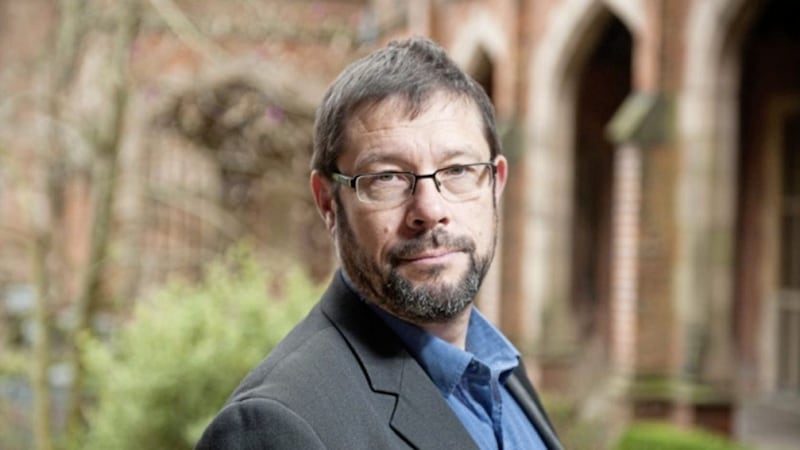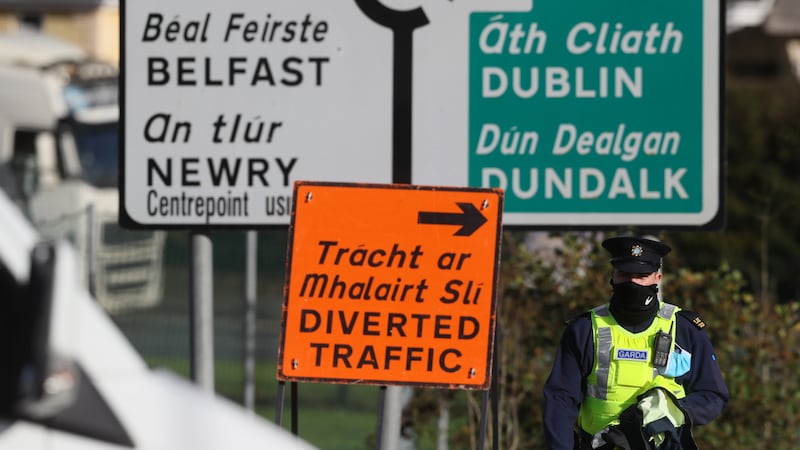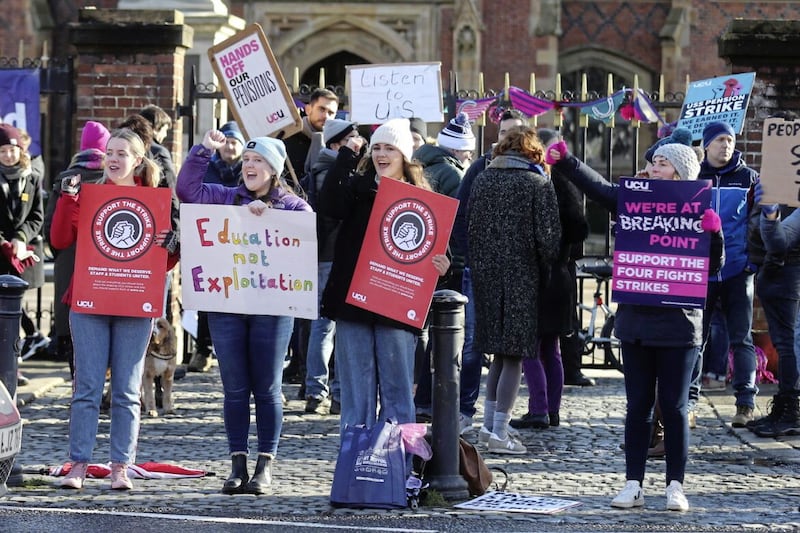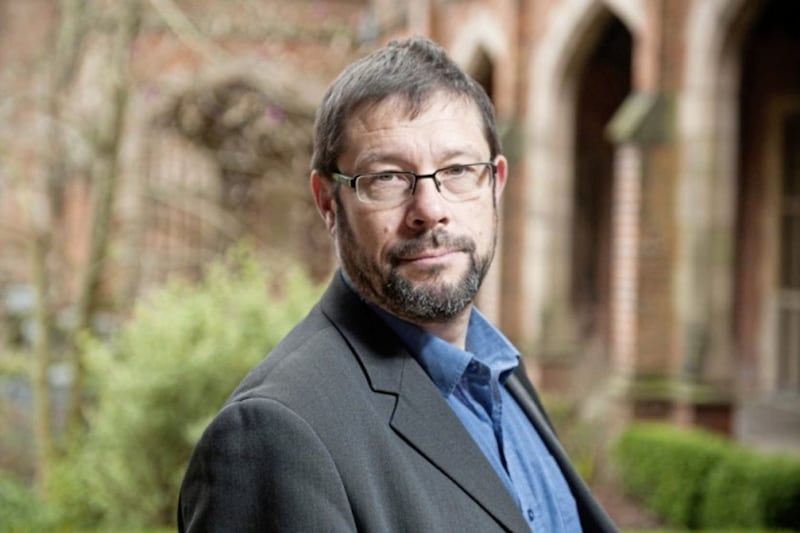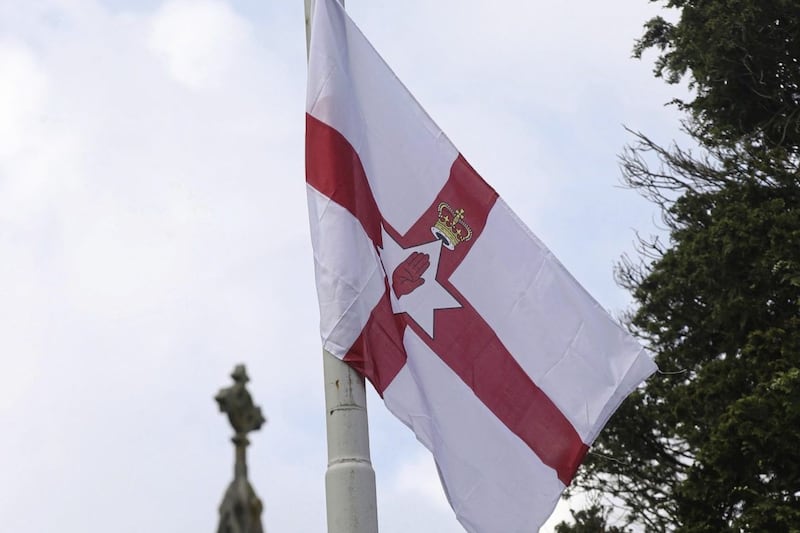DISTASTEFUL songs and chants that often involve racist and sectarian language are “boundary markings” that help bond groups together, according to a leading academic.
Professor Dominic Bryan, a lecturer at Queen’s University’s School of History, Anthropology, Philosophy and Politics said deliberately offending another community or individuals was part of the “rituals” used by mainly male groups to differentiate themselves from others.
The former chair of the Stormont’s commission on flags, emblems and identity stressed that he doesn’t seek to defend or excuse such behaviour but tries to explain and understand its use.
He said there are two sorts of theory about the participation in, and use of, offensive material in public, but he suspects “both theories are true at the same time”.
“In many situations people participate in songs without attaching too much meaning to them – for example young children singing a pop song with risqué lyrics – where it’s about joining in and feeling part of a crowd,” he said.
“On the other hand, someone has sat down and deliberately written words that are designed to offend – such as football supporters singing about the Munich air disaster or Hillsborough.
“While some of these songs are presented as humour, they very often involve sectarian, racist and gender-based violence and for that reason they should be taken very seriously.”
Prof Bryan said the content of the songs was “not random” and gave an insight into the “structure of the group”.
The academic cited the examples of a loyalist band playing the Famine Song outside St Patrick’s Church in Belfast in 2013 and Celtic fans hanging effigies of Rangers supporters during an Old Firm match in 2016.

“These events or rituals engage participation at a wider level, which is about the group and boundary marking and bonding,” he said.
“Many of those taking part wouldn’t ordinarily engage in overt racist, sectarian or misogynistic behaviour but in certain contexts it can appear normalised.
“If we have a society in which such bonding rituals are seen as acceptable then this needs to be tackled, but we should also note the widespread common reaction against these activities.”
